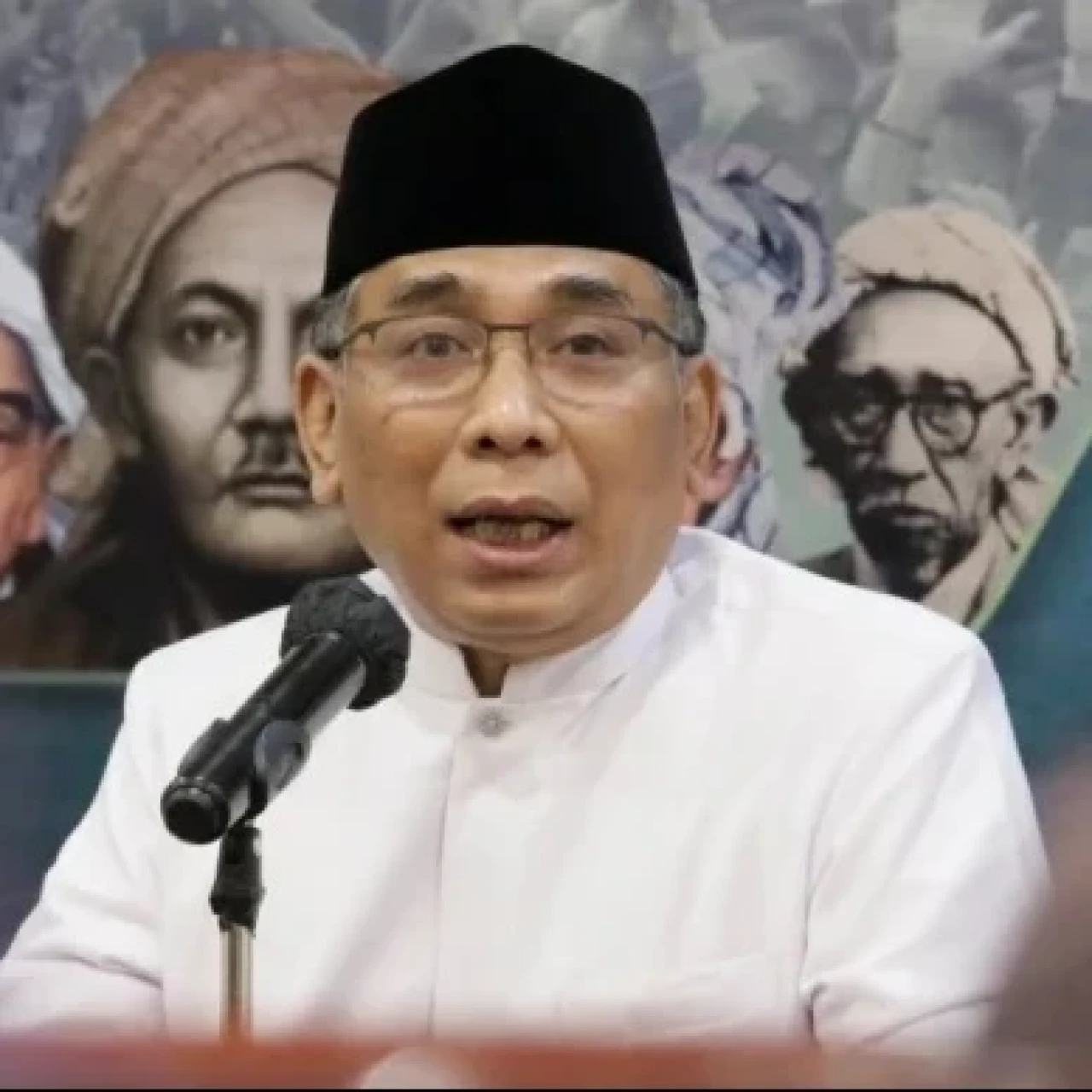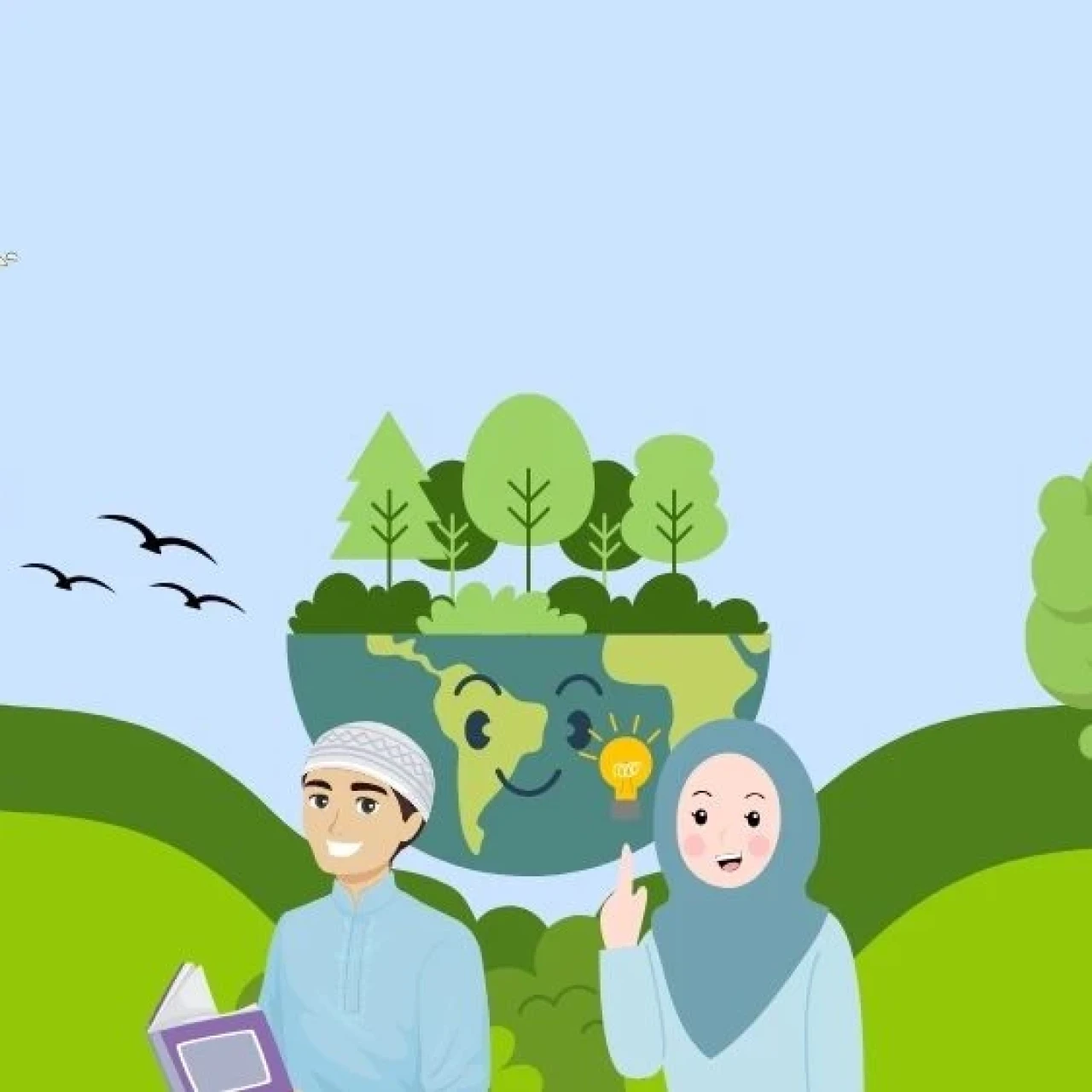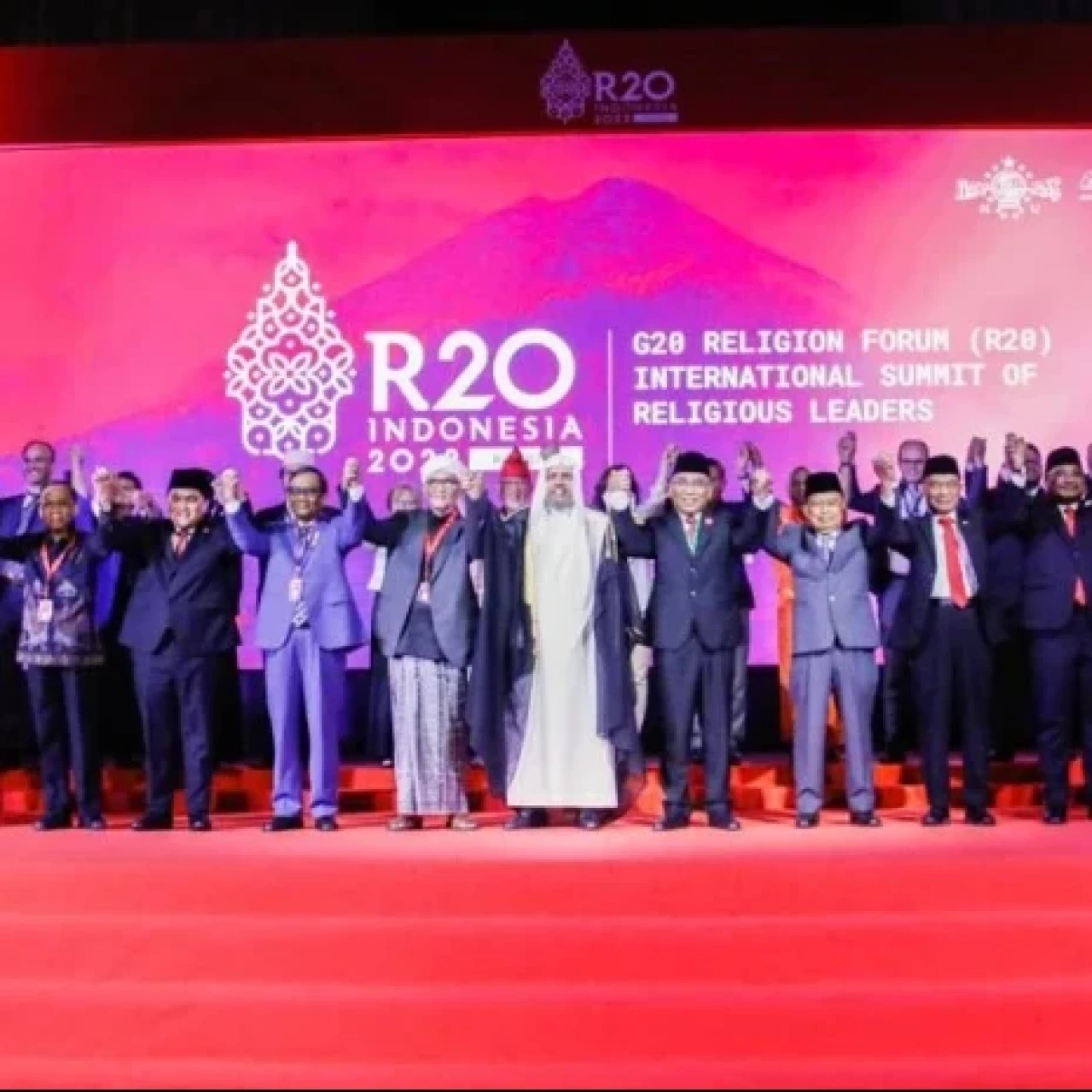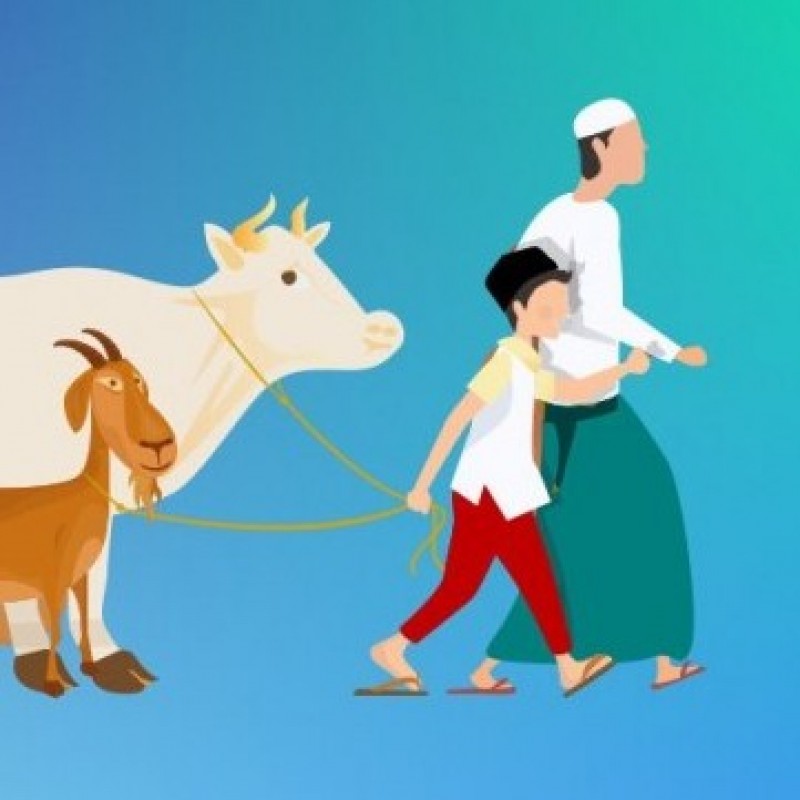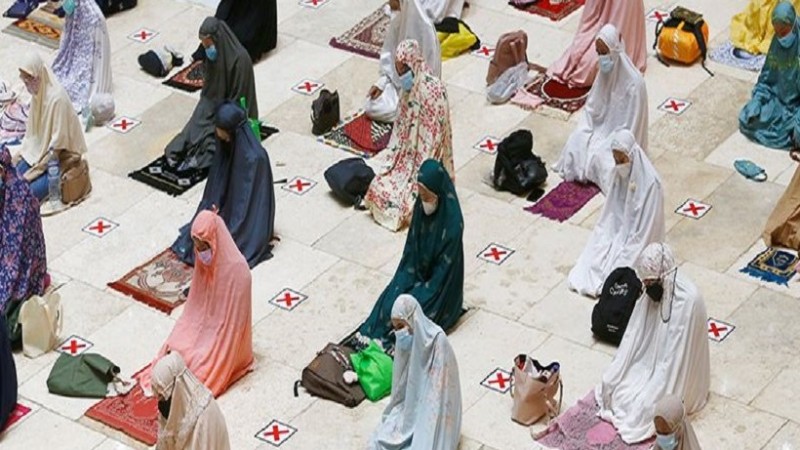Wilmar Salim
The latest reports from the World Bank office in Jakarta on poverty in Indonesia reveal unsurprising figures: 49 percent of the people live on an income of less than US$2 a day, while in 1996 this number was 50.4 percent. However, in terms of absolute numbers, it increased from 99 million in 1996 to 107 million this year. If we look at the number of poor people according to a report issued by the Central Statistics Agency (BPS) in September, 39.05 million are defined as poor, and 63.41 percent of these live in rural areas.
Unsurprisingly also, as our population is concentrated in Java, about 57 percent of the poor (22.26 million) live on this island, which is not much different from 2000, when 21.6 million people in Java were defined as poor. Moreover, 12.5 million (57.9 percent) of the poor in Java live in rural areas. In other words, the poor are concentrated in rural areas, and 32 out of 100 poor Indonesians lived in rural Java in 2000. Though the current figures are unknown, we can guess that they are similar.
At the same time, the growth of Javanese cities shows conflicting patterns between the census in 1990 and 2000. Some of these cities, especially those in the above agglomerations, experienced positive or even rapid population growth. But some, i.e. Surakarta, Yogyakarta, Magelang, Kediri and Madiun, experienced a negative growth, or in other words, lost some of their populations. A closer look at the distribution of the poor reveals that cities that have positive or rapid growth tend to be surrounded by subdistricts with less poor populations.
Thus, the poverty situation in rural areas surrounding cities in Java is better than in more remote areas far from cities. This explains why the growth rate in big cities in Java is so great, since these cities are like lotuses that provide a base for the poor to get out of poverty. The catch is if we are not looking into rural conditions, how long will these lotuses be able to stay afloat?
The above phenomenon reflects a condition that Niles Hansen in the 1970s described as urban crisis caused by extreme poverty in rural areas due to unbalanced development. Thus, regional development policies must be enacted to balance development and ease the crisis. The bottom line is that state intervention is needed to invest in measures to support productive sectors in remote rural areas, and also increasing attention must be paid to small and medium cities.
Policies to balance development in Java can be threefold: First, control development expansion in major urban agglomerations so they will not overheat. The government will not be able to really slow down development in these cities, but it can reallocate its public investments to other areas.
Second, optimize investments that support economic activities in small and medium cities, and promote a friendly climate for private investment. Infrastructure development that supports production, such as electricity and telecommunications, needs to be intensified. Furthermore, commercial centers in the small and medium cities must be revitalized.
Third, maximize public investments in social overhead capital in areas remote from cities, and try to encourage economic activities in these areas by improving access to economic resources for villagers.
Improvement of education and health facilities in rural areas must be a priority. Infrastructure development that supports agriculture is needed to rejuvenate agricultural programs. Removing the ban on rice imports as recommended by the World Bank should not be seen as a long-term solution. Also, while the Kecamatan Development Program that has been running for the last few years with the bank's support is commendable, it must now focus on livelihood activities of the villagers.
If the above strategies are not taken immediately, our small and medium cities will continue to deteriorate through neglect. And poor rural areas will constantly send job-seekers who don't have the skills or education to big cities, burdening these cities. Since employment opportunities are limited in these cities, these migrants will certainly increase the number of beggars, thieves, criminals, prostitutes and so forth.
Knowing that rural Java is poor and that small and medium cities are falling apart, we cannot let poor rural Java down. Otherwise our major urban areas will sink under all the rural and urban migrants arriving in the hope of escaping from poverty. The lasting issue of development inequality between urban and rural areas must be
Terpopuler
1
Mustasyar, Syuriyah, dan Tanfidziyah PBNU Hadir Silaturahim di Tebuireng
2
Khutbah Jumat: Kerusakan Alam dan Lalainya Pemangku Kebijakan
3
Pesantren Tebuireng Undang Mustasyar, Syuriyah, dan Tanfidziyah PBNU untuk Bersilaturahmi
4
Khutbah Jumat: Mari Tumbuhkan Empati terhadap Korban Bencana
5
KH Said Aqil Siroj Usul PBNU Kembalikan Konsesi Tambang kepada Pemerintah
6
20 Lembaga dan Banom PBNU Nyatakan Sikap terkait Persoalan di PBNU
Terkini
Lihat Semua



